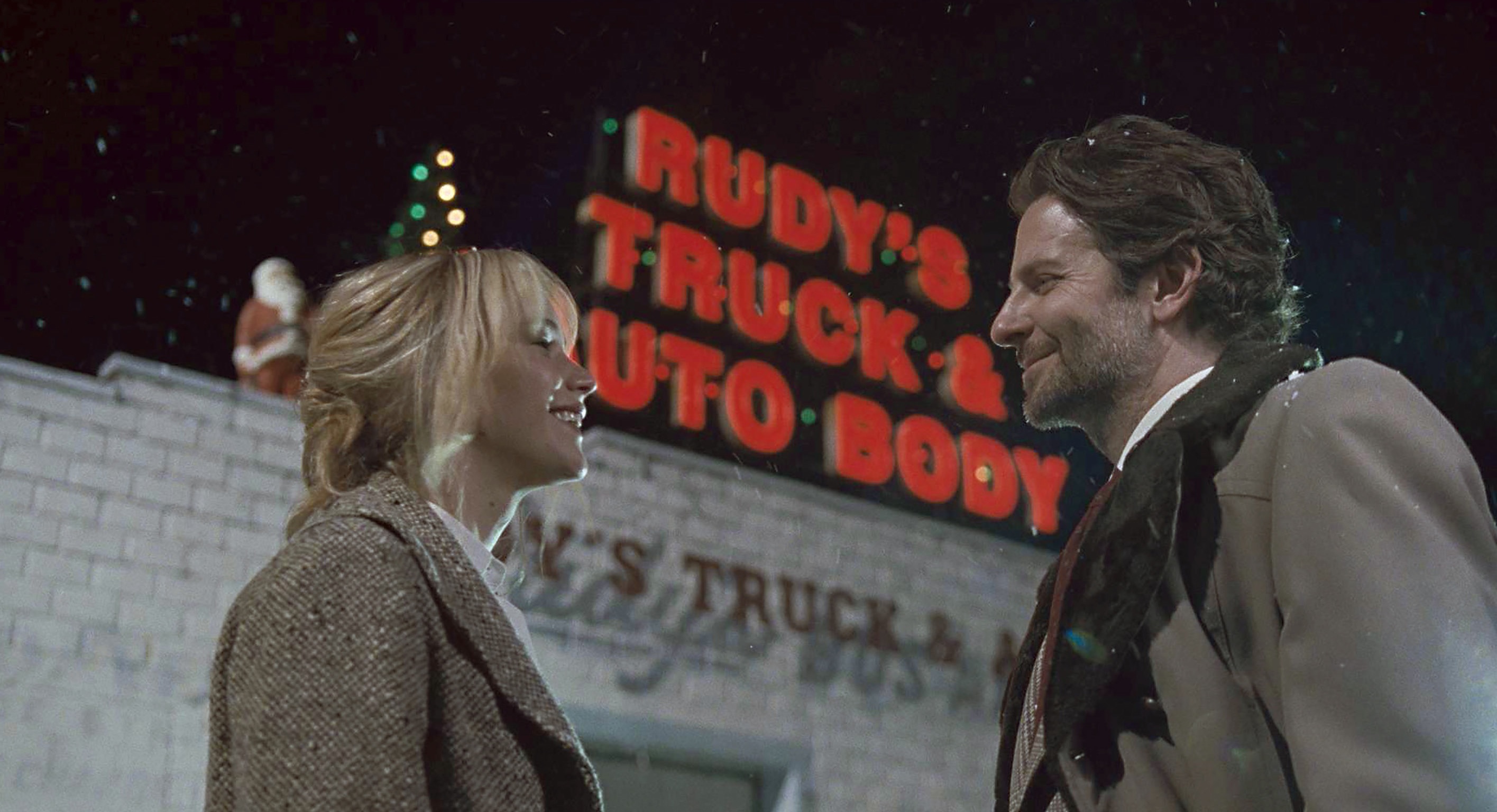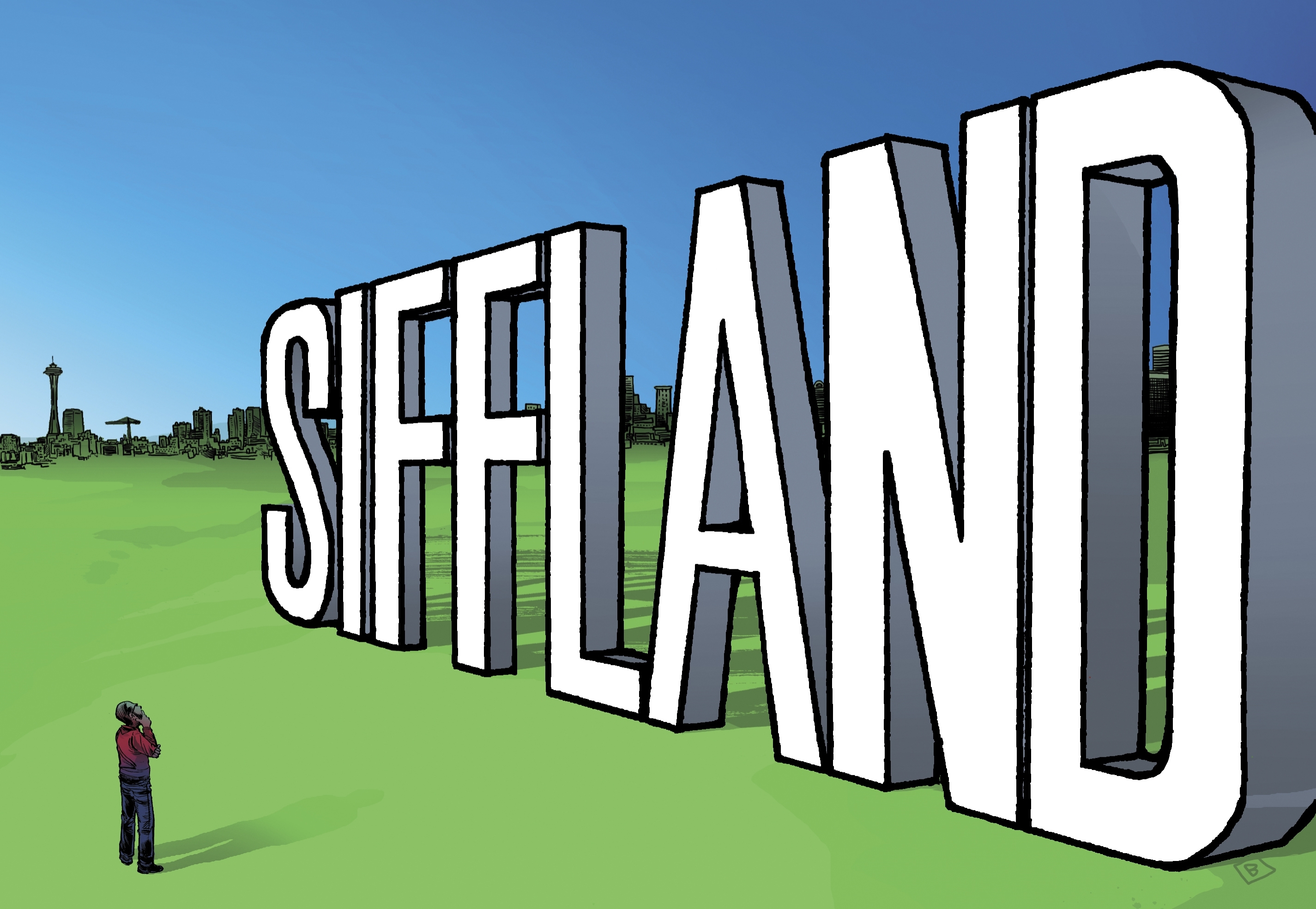Rossi wants a tunnel. Frank Chopp wants the Chopp-Duct. And Gregoire is ducking any hard decisions on replacing the Alaskan Way Viaduct until after the election. So let’s hear from the mathematicians. Cited on a blog on Wired, a study by Hyejin Youn and Hawoong Jeong of the Korea Advanced Institute of Science and Technology and Michael Gastner of the Santa Fe Institute suggests that rather than adding more capacity to reduce traffic, fewer lanes may be more efficient.Are you reading this, Tim Eyman?”The Price of Anarchy in Transportation Networks: Efficiency and Optimality Control” cites Braess’ Paradox, which we could never hope to understand on the blackboard. But on the pavement, its hypothesis is basically the opposite of Eyman’s Initiative 985. He thinks that if you open up carpool lanes during non-rush hours, it’ll lessen congestion. Braess’ Paradox suggests that too many network choices, like more lanes on a freeway, actually slows down the network, because the data keeps flitting back and forth between networks, rather than seeking maximum efficiency through one pipe.Traffic engineers have often made the same observation: An empty new eight-lane freeway looks so inviting that motorists flock to it in their single-occupant vehicles. Then gridlock results, and everyone gets angry while listening to Rush Limbaugh on the radio. It’s a kind of bait-and-switch, like the TV weatherman telling us it’s bright and sunny outside, and we all leave our umbrellas at home and find ourselves in a rainstorm.Now consider the viaduct, which carries over 100,000 people through town each weekday. Should we replace the existing lanes on a 1:1 basis, as some insist? Or increase the number of lanes above ground, below, or at grade? Or reduce capacity to the street?In their lovely phrase, Youn, Jeong, and Gastner describe “the price of anarchy” when too many network options actually slow us down from the travel time from one preferred option. (Anarchy also nicely describes the current state of our viaduct replacement process.) So it all depends on how you think you gain efficiency: more lanes, fewer lanes, fewer users (i.e., tolls), or fewer single-occupancy vehicles (i.e., transit).Anyone care to solve that equation?
More Stories From This Author
Adam Smith and Kim Schrier will retain Congress seats | Election 2024
Smith represents the 9th Congressional District and Schrier represents the 8th Congressional District.
November 5, 2024 9:40 pm
Boeing Machinists approve contract, ending 52-day strike
After voting no twice, 59% of union members approved the latest contract.
By
Michael Henneke • November 5, 2024 8:40 am
Charges filed against teens in King County crime spree
Suspects linked to 78 robberies, shootings and carjackings in Sept. and Oct.
By
Benjamin Leung • October 21, 2024 6:00 pm







